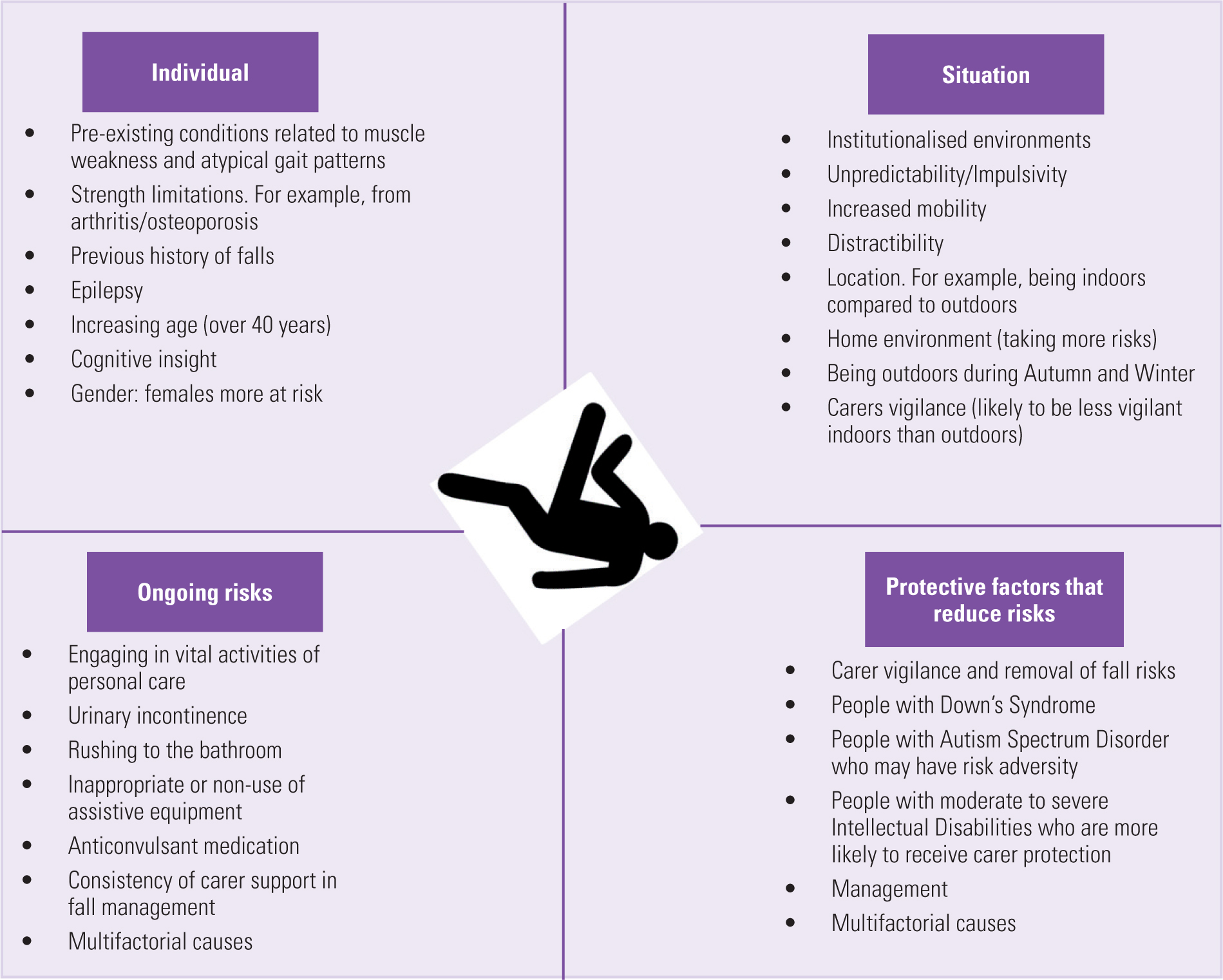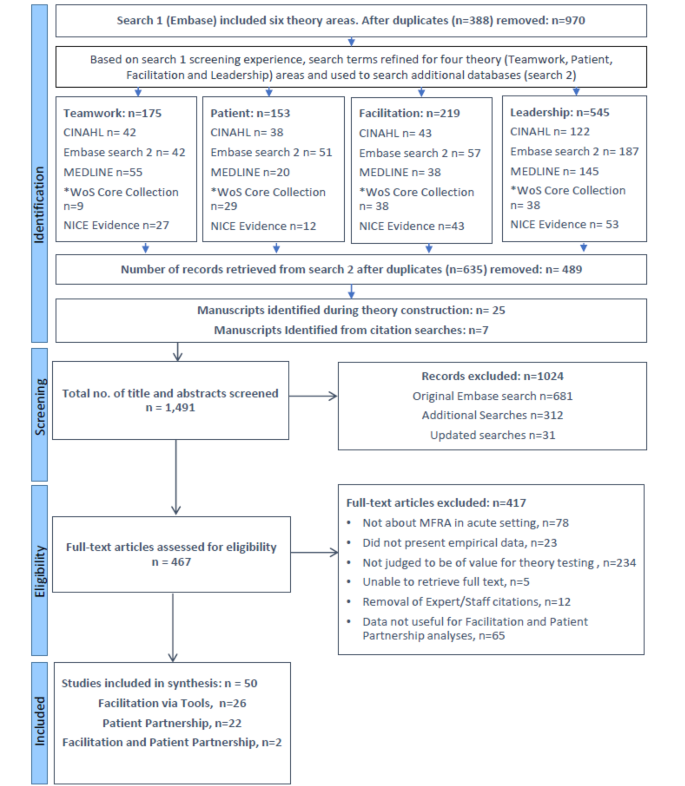The Ultimate Guide To Dementia Fall Risk
The Ultimate Guide To Dementia Fall Risk
Blog Article
An Unbiased View of Dementia Fall Risk
Table of ContentsGetting My Dementia Fall Risk To WorkAll about Dementia Fall RiskDementia Fall Risk Fundamentals ExplainedThe 20-Second Trick For Dementia Fall RiskDementia Fall Risk Can Be Fun For Anyone
Ensure that there is a designated area in your medical charting system where staff can document/reference scores and record relevant notes connected to drop avoidance. The Johns Hopkins Loss Threat Analysis Device is one of lots of tools your team can utilize to help avoid unfavorable medical occasions.Person drops in health centers are usual and devastating negative events that persist despite years of initiative to reduce them. Improving interaction throughout the evaluating nurse, care group, person, and individual's most included family and friends may enhance fall avoidance initiatives. A team at Brigham and Female's Hospital in Boston, Massachusetts, looked for to establish a standardized loss prevention program that focused around enhanced communication and person and household engagement.

The technology team emphasized that effective application depends on person and team buy-in, combination of the program into existing operations, and fidelity to program procedures. The group noted that they are facing exactly how to guarantee connection in program application during durations of crisis. During the COVID-19 pandemic, for instance, an increase in inpatient falls was connected with limitations in person interaction along with limitations on visitation.
The 45-Second Trick For Dementia Fall Risk
These incidents are normally considered avoidable. To apply the intervention, organizations require the following: Accessibility to Fall suggestions sources Loss TIPS training and retraining for nursing and non-nursing personnel, consisting of brand-new nurses Nursing operations that permit for patient and household involvement to perform the drops assessment, guarantee usage of the avoidance strategy, and perform patient-level audits.
The outcomes can be very detrimental, typically speeding up client decline and causing longer hospital stays. One research approximated keeps raised an additional 12 in-patient days after a person fall. The Fall TIPS Program is based on engaging clients and their family/loved ones throughout 3 major procedures: evaluation, customized preventative treatments, and bookkeeping to make certain that people are involved in the three-step loss avoidance procedure.
The person analysis is based on the Morse Autumn Scale, which is a validated fall threat analysis device for in-patient hospital setups. The range includes the six most common factors people in health centers drop: the individual autumn history, high-risk problems (including polypharmacy), use IVs and other exterior gadgets, mental standing, stride, and movement.
Each risk variable relate to one or more actionable evidence-based treatments. The nurse creates a strategy that integrates the interventions and is this article noticeable to the care group, individual, and household on a laminated poster or printed aesthetic aid. Registered nurses establish the plan while meeting the client and the patient's family members.
How Dementia Fall Risk can Save You Time, Stress, and Money.
The poster acts as a communication tool with other participants of the person's care team. Dementia Fall Risk. The audit element of the program includes analyzing the patient's knowledge of their danger aspects and avoidance strategy at the system and healthcare facility levels. Registered nurse champions conduct at least five private meetings a month with people and their family members to look for understanding of the fall prevention plan

An estimated 30% of these drops outcome in injuries, which can vary in seriousness. Unlike other unfavorable events that need a standard scientific feedback, autumn prevention depends extremely on the requirements of the client.
The 8-Second Trick For Dementia Fall Risk

Based on bookkeeping outcomes, one site had 86% conformity and two websites had over 95% compliance. A cost-benefit evaluation of the Fall pointers program in 8 medical facilities approximated that the program expense $0.88 per person to implement and resulted in financial savings of $8,500 per 1000 patient-days in straight prices associated to the prevention of 567 drops over three years and 8 months.
According to the technology team, companies thinking about implementing the program must conduct a preparedness assessment and drops avoidance spaces evaluation. 8 Furthermore, companies ought to make certain the required framework and workflows for application and create an application strategy. If one exists, the company's Autumn Avoidance Job Force must be associated with planning.
The Only Guide to Dementia Fall Risk
To begin, organizations ought to make sure conclusion of training components by registered nurses and nursing aides - Dementia Fall Risk. Hospital staff should evaluate, based on the requirements of a healthcare facility, whether to make use of a digital wellness record printout or paper version of the fall avoidance plan. Implementing groups need to hire and educate registered nurse champs and develop processes for auditing and reporting on fall data
Staff require to be associated with the procedure of upgrading the process to engage clients and household in the assessment discover this info here and prevention strategy procedure. Solution ought to be in place to make sure that devices can understand why a loss took place and remediate the reason. A lot more specifically, nurses need to have networks to supply continuous feedback to both team and system leadership so they can adjust and boost autumn prevention operations and interact systemic issues.
Report this page